
The Importance of Secure Coding in Software Development
By contributor Lyan Ware
Secure coding is the practice of developing software that is protected from security liabilities. It involves writing code in a high-level language that follows strict principles, with the goal of preventing potential vulnerabilities that could expose data or cause harm within a targeted system. Secure coding is more than just writing, compiling, and releasing code into applications. To fully embrace secure programming, you also need to create a secure development environment built on a reliable and secure IT infrastructure using safe hardware, software, and services and providers.

Preventing cybersecurity incidents, which can cause leaks of sensitive data and other personal information, starts at the very beginning of the software development process with the source code itself. The adoption of secure coding practices is important because it removes commonly exploited software vulnerabilities and prevents cyberattacks from happening. Moreover, optimizing for security from the start helps reduce long-term costs which may arise if an exploit results in the leak of sensitive information of users.

For companies that provide software to consumers or enterprises, customer trust is of course extremely valuable, and losing that trust could impact their bottom line. Exposing clientele to threat actors can have irreparable consequences to the credibility of an organization. Ensuring that software is secure and protected is a key factor in building and maintaining customer trust.

In the long run, secure coding practices can help save time and money. By incorporating secure coding practices throughout the planning and development of your product, you can avoid costly security breaches and the resulting damage to your reputation. By developing software with clean and secure code, you get a product that can quickly and cost-effectively be improved upon when necessary.
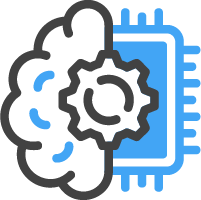
Secure coding demonstrates a changing shift in responsibility by literally naming the developer as responsible for code security rather than a security team. As discussed in an article from Crowdstrike.com, this also paves the way for the Shift-left security concept that is already being widely adopted as part of best practices for the software development life cycle. Secure coding adds a protective layer that checks both the current code and any new code when it’s added to a code storage. It helps enforce best practices that, in turn, enforce production-ready code standards as well as prevent human error and developers “cutting corners” to meet deadlines.
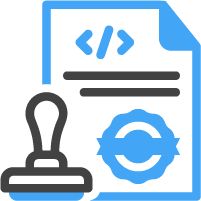
Best Practices for Secure Coding
There are several best practices for secure coding that developers should follow. These include:
- Input validation: validate all input data to prevent malicious input from being processed by the application.
- Output encoding: encode all output data to prevent cross-site scripting (XSS) attacks.
- Authentication and authorization: implement strong authentication and authorization mechanisms to prevent unauthorized access to sensitive data.
- Error handling and logging: implement proper error handling and logging mechanisms to detect and respond to security incidents.
- Secure communication: use secure communication protocols such as HTTPS to protect data in transit.
- Secure storage: use secure storage mechanisms such as encryption to protect data at rest.
- Regular updates and patches: keep software up to date with the latest security patches and updates to prevent known vulnerabilities from being exploited.

Secure coding is essential for developing software that is safeguarded from security vulnerabilities. It helps prevent cybersecurity incidents, builds customer trust, saves time and money, shifts responsibility to developers, and follows best practices for secure coding. By incorporating secure coding practices throughout the planning and development of your product, you can ensure that your code is secure and protected.
Generative AI: A Gateway to Creative Innovation
The Future is Now: Consider a Career in Robotics
The Growing Field of Cybersecurity: Career Opportunities and Skills Needed
Do I Need to Learn Coding to Get into Cybersecurity?















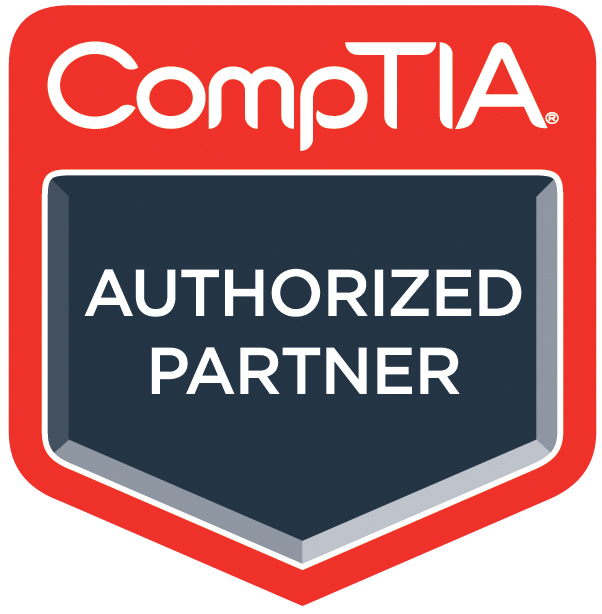












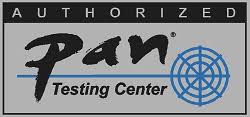
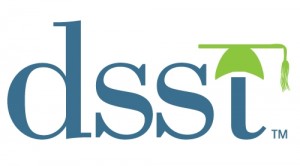

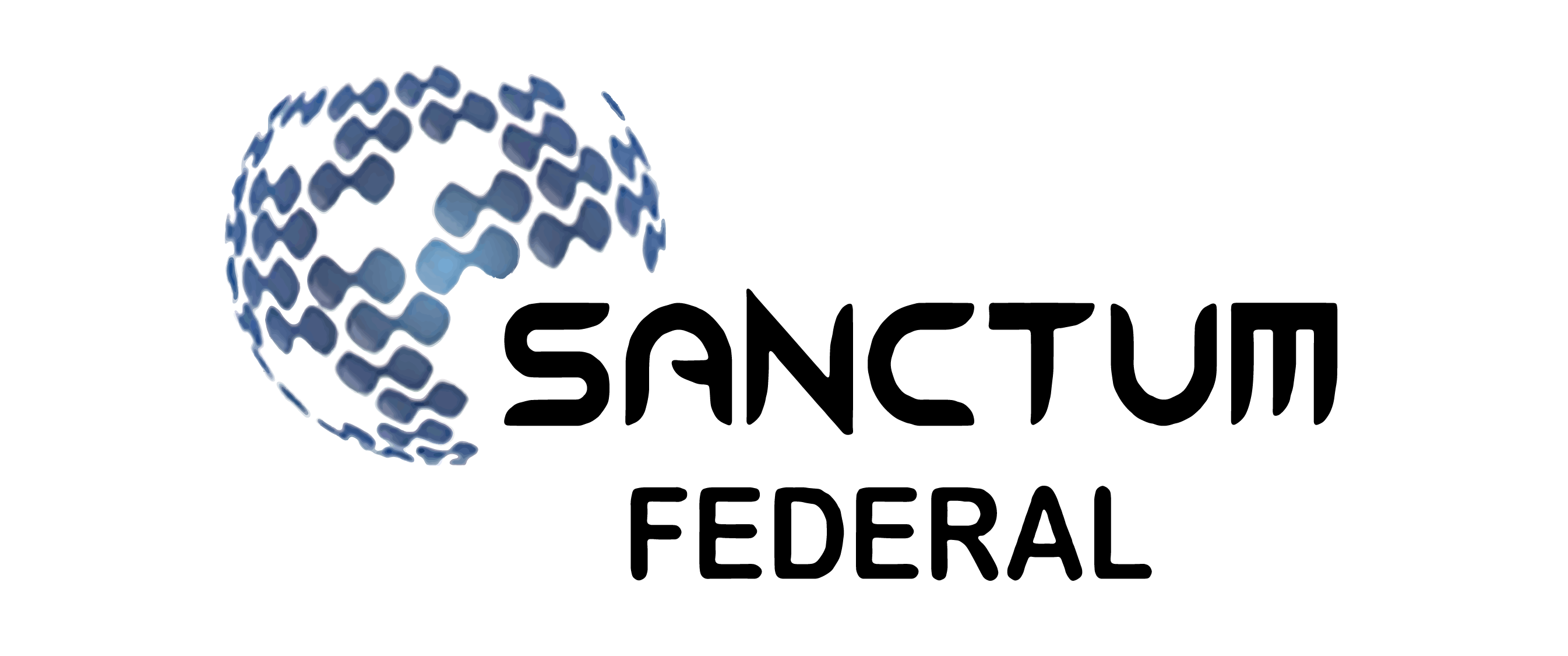

Leave a Reply
You must be logged in to post a comment.